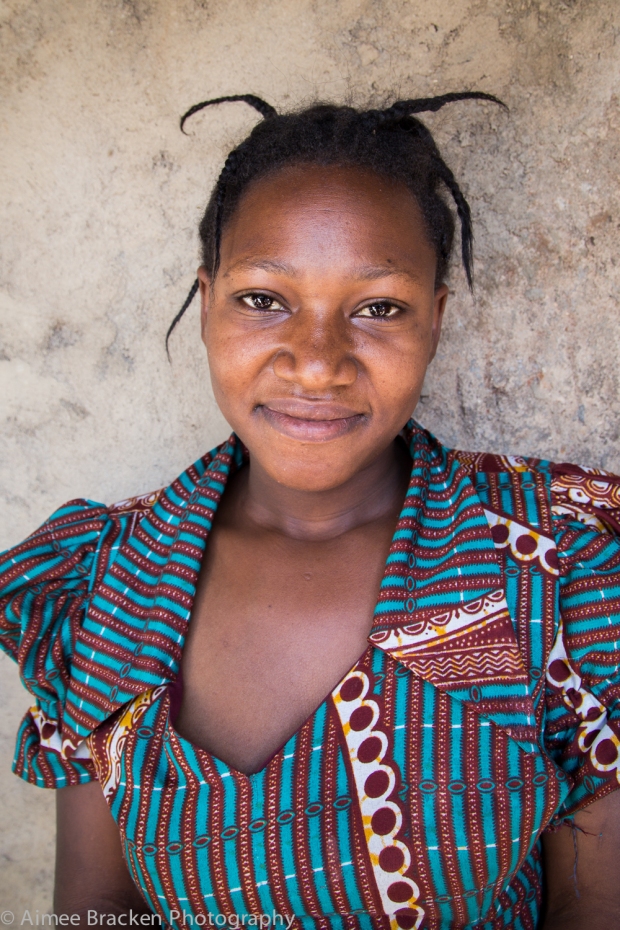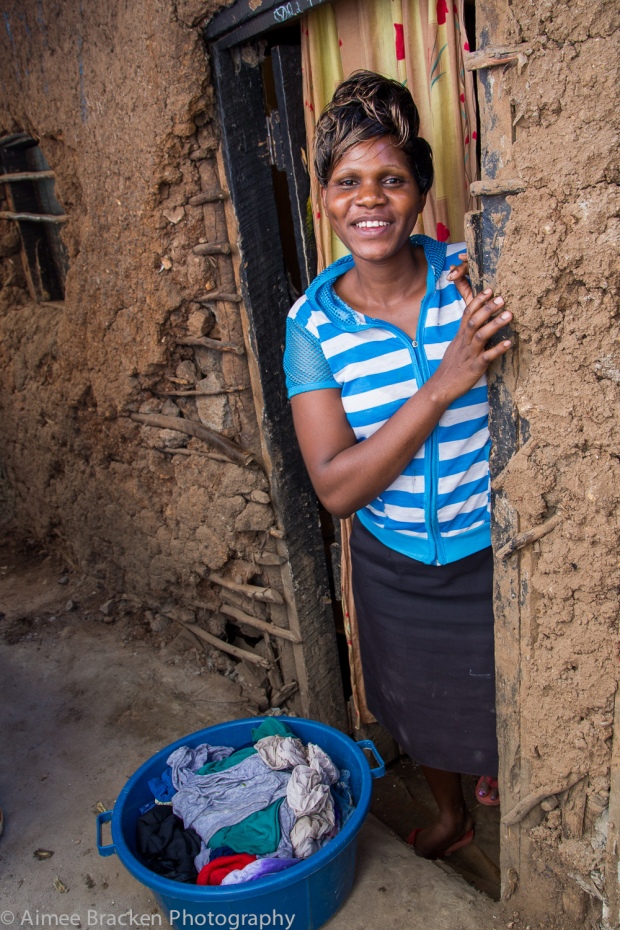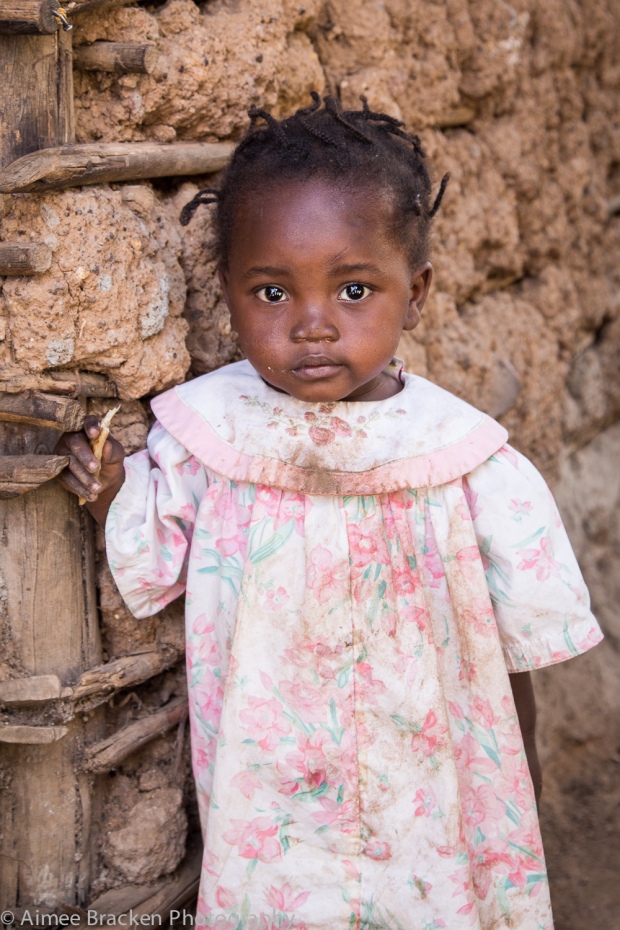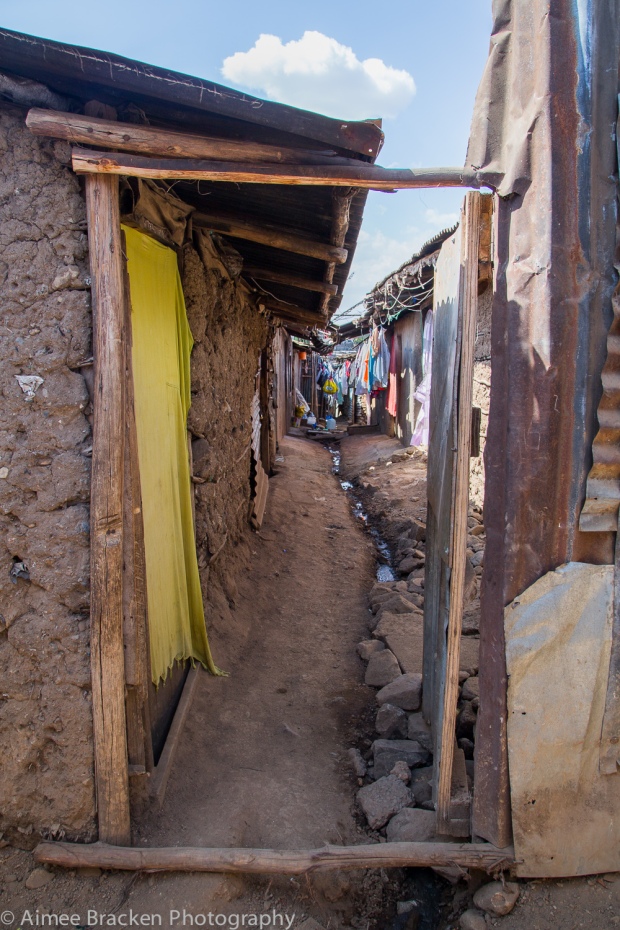In 2015 I was asked to document an innovative project to deliver water and sanitation in cramped urban settlements, and to tell the stories of those benefiting. I spoke to many inspiring, outspoken women who were spearheading the community-led initiative to bring about change in Nairobi’s cramped slums.

Living conditions in Kenyan slums are characterized by poor quality housing, a lack of secure tenure and poor access to basic services such as safe water and sanitation. In Nairobi, 60% of people live in slums and access to water is particularly poor with only 22% of slum households having water connections. Mashimoni, where these images were captured, lies on the outskirts of Kibera. Mashimoni is an incredibly dense slum in Nairobi which began in the 1970’s and is home to more than 20,000 people.
There are very few utility services (water, sanitation, rubbish collection) in Mashimoni. This is mostly because there is no room to lay large pipes or gain access for large vehicles without demolishing homes, but also because the government and utility suppliers do not officially recognise the area as being a human settlement.
This all sounds very bleak, however in reality there is a vibrant community in Mashimoni and a group of outspoken women driving change. I captured images of these women and their families at home. I wanted to show that we are not all that different; we all have clothes washing and food shopping to do, children to feed and homes to clean. We all celebrate good times and face our own challenges from day to day. The only difference is that the challenges to water and sanitation faced in Mashimoni significantly affect the health of the people that live there.

Beatrice Mbithe grouped together with eight neighbouring households to identify a small space between houses and install a shared toilet. This was the first toilet many of the households had ever had access to.
Most homes in Mashimoni do not have toilets. There is often no room to dig pit latrines so people use pay-per-use communal toilets which can be expensive. Often people resort to flying toilets (using a plastic bag which is then thrown).
Through the project, the community identified small spaces in store rooms and tiny gaps between houses where toilets could be squeezed in. Micro-sewer lines were laid by hand beneath the narrow walkways that snake through the settlement which connected the toilets to the main sewer lines on the outskirts of the slum.

The next generation of people to grow up in Mashimoni will be able to access better sanitation and live a healthier life.
The vibrant, organised and capable community group is continuing to work together to maintain the sewer lines and toilets, ensuring the system will provide for the next generations of their families.
Life in Kenya’s slums may be difficult, but there is no shortage of passionate and motivated community members who are driving change for the next generation.

Washing strung out to dry between houses in the cramped Mashimoni settlement over a small stream of waste water and sewerage.
Here are just a few of my favourite photographs;










